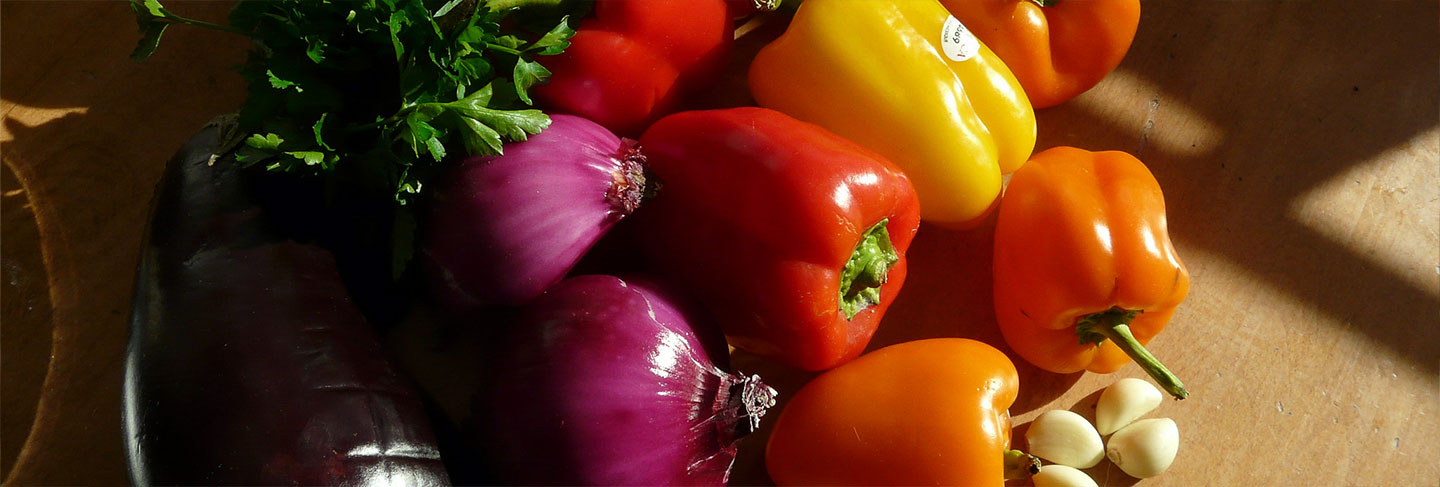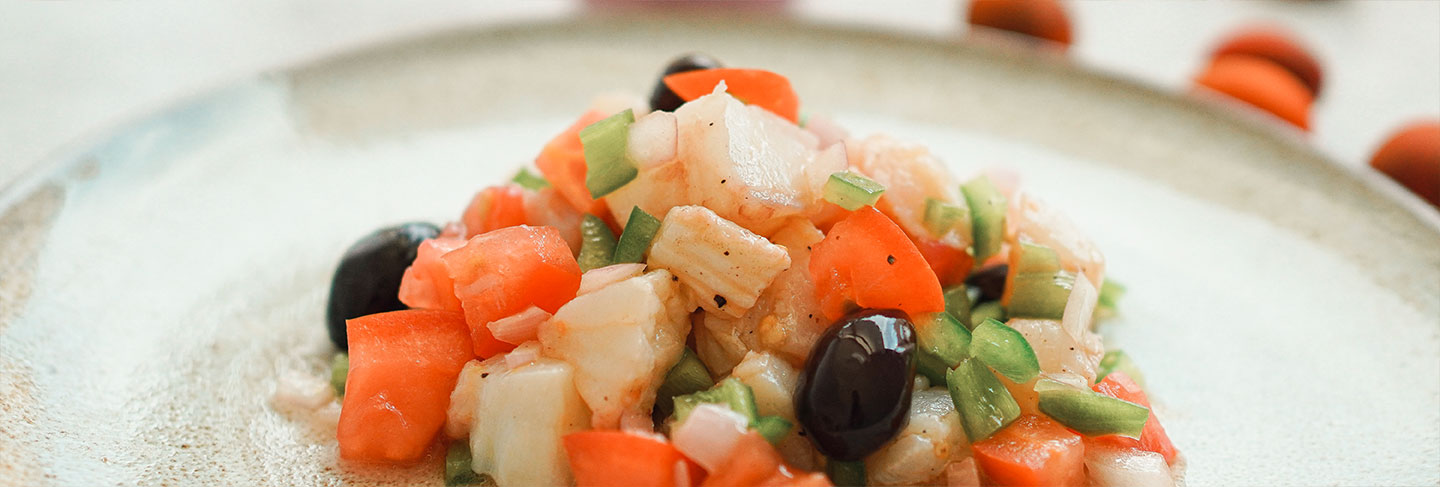The Costa Brava, home to the Mediterranean diet, a tasty and balanced gastronomy, made using a wide variety of fresh, locally-sourced produce, such as fish, meat and vegetables. As a result, Catalan food traditionally sits under the label “Mar i muntanya” (Sea and mountains), due to products from both the sea and the mountains being combined in its dishes.
Furthermore, the Costa Brava is well-known for the high quality of the restaurants in the area, which have maintained an interesting balance between tradition and innovation.
Discover 10 treasures of Catalan gastronomy, to taste during your stay in the Costa Brava.
Red prawns are caught in various areas of the Mediterranean coast but the prawns from Palamós stand out among the rest for their flavour, which is much sweeter.
The Palamós prawn is a reddish prawn, with an exquisite, strong flavour and an unmistakable aroma. The flavour and colour of these prawns, in part, is derived from the typical Mediterranean Sea diet that prawns eat.
Also, the way in which this prawn is caught is characteristic as fishermen use the “arrastre” technique, which consists of fishing with a net, which is dragged along the seabed with the help of the boat.
The lands of Pals, irrigated by the river Ter, give rice the nutrients it needs and, together with a special climate and a careful, environmentally friendly cultivation, help to give the rice of Pals an unparalleled quality.
There are three different types of rice from Pals: Nembo, Carnaroli and Bahia. They each have a distinct texture, shape and cooking time, and are therefore intended for a different type of dish.
Firstly, Nembo is a hard grain rice that needs more time to cook, yet it does not absorb much water, so it is an ideal rice for salads and as a side. Secondly, Carnaroli is a rice variety of Italian origin with the perfect texture to make risottos, rice pudding or any type of boiled rice.
Finally, Bahia is the most commonly grown variety of rice, not only in Pals, but throughout the country. It is thick, round and pearly grained, with great absorption power, therefore ideal for making soupy rice (casserole or cooked), and arroces (paella-like rice dishes).
The word escalivar in Catalan means to roast with embers, therefore escalivada is an appropiate name for this typical dish of roasted vegetables.
It can be eaten on bread with tomato and topped with anchovies from L’Escala, as a first, or a delicious side for meat dishes. Better still, escalivada is characterised by being low in calories and having a high fibre content – delicious and nutritious!
The olive oil of Empordà originated in the Bronze Age, when olive trees were first grown in this area. It is made with varieties of olives taken from olive trees in the region, and is recognised for its quality, its intense taste with a slight fruity touch, as well as its rich aroma.
The esqueixada is one of the most popular and typical dishes of the Costa Brava. It is a cold salad made with the following ingredients: shredded cod, green and red pepper, onions, black olives and tomato, which can be grated or cut into pieces.
The Recuit, or Recuit de drap, is a typical cheese from the Empordà area, somewhat similar to “cottage cheese”, and is made with goat's milk, before being wrapped in a cloth. It is prepared in different ways and can be either sweet or savoury, although it is most often eaten as dessert, accompanied by honey.
The famous, delicious "llonganissa" (sausage in Catalan), is a cured sausage with a thick and elongated shape, made with minced pork. Other types of cured sausages are: fuet, espetec (of which the most famous is Casa Tarradellas), "tastet" or "la secallona". These sausages are seasoned with black pepper and other spices, and can take on different flavours depending on the fermentation process they have undergone. At present, the most important are of production is Osona.
The "botifarra de perol" is a cooked pork sausage, typical from the Girona and Maresme regions. Its name refers to the casing in which it is cooked and it is usually accompanied by “pà amb tomàquet”.
The famous "Pà amb tomàquet" is made up of, as it name states, bread with tomato, with a good drizzle of olive oil and a little salt, and is the best known and most used recipe in Catalan cuisine.
Fideuà is a noodle dish with a deep sea flavour, and it is known for being the Catalan version of Spanish paella. Its origin, like that of many paellas and stews, is found in the customs of fishermen and sailors.
To make fideuà you need the following ingredients: pasta noodles, which are usually short, curved and thick, a good fish stock or broth, which will be the liquid in which the pasta is cooked and from which the noodles will take their final flavour, and several pieces of fish and shellfish, to offer an interesting contrast of textures.
The Empordà wine production area extends from the city of Figueres (Girona) northwards, to the border with France.
Even though the region’s traditional speciality has been natural sweet wines, today its wineries are gaining recognition for their modern young reds.
Among the traditional wines there is Garnatxa, a variety of sweet red made from grapes dried on straw mats before being pressed. The other sweet wine typical of the area is Moscatell del Empordà.
Organic wines, mistelas, overripe grape wines and some sparkling wines complete the Empordà wine offering.






